
屈原死後,楚國百姓非常哀痛,紛紛湧到汨羅江邊去憑吊屈原。漁夫們划起船隻,在江上來回打撈他的真身。有位漁夫拿出爲屈原準備的飯團、雞蛋等食物丟進江裡,他認為讓魚蝦蟹吃飽了,牠們就不會去咬屈原的身體。人們見後紛紛仿效。一位老醫師拿來一罈雄黃酒倒進江裡,要藥暈蛟龍水獸,以免傷害屈原。後來人們用樹葉包飯,外纏彩絲,發展成粽子。從此,每年的五月初五,就有了龍舟競渡、吃粽子、喝雄黃酒的風俗。

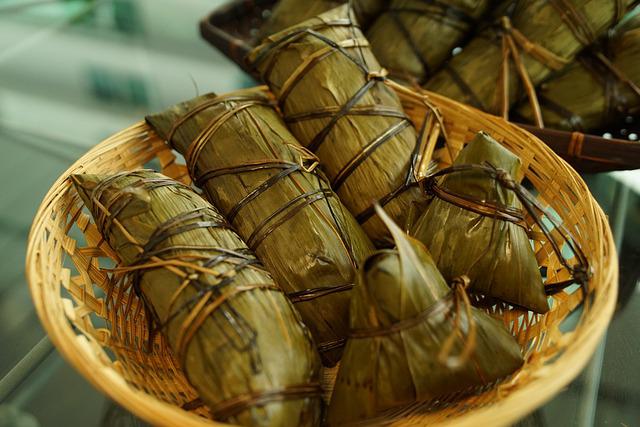

情人節的名字Valentine’s Day,亦可能源自古羅馬。在西元三世紀時,古羅馬皇帝克勞狄烏斯二世分別於不同年的2月14日,處死2位名為瓦倫坦(Valentine)的男子,羅馬教會則稱頌這兩位殉道者,把這天定名為St. Valentine's Day。後來St. Valentine's Day和牧神節加以結合,演變成有愛情色彩的節日。大文豪例如喬叟和莎士比亞在作品中把這個節日浪漫化,讓情人節在英國和歐洲其他地區愈來愈受歡迎,甚至飄洋過海,逐漸演變成為今日人們熟知的「情人節」。
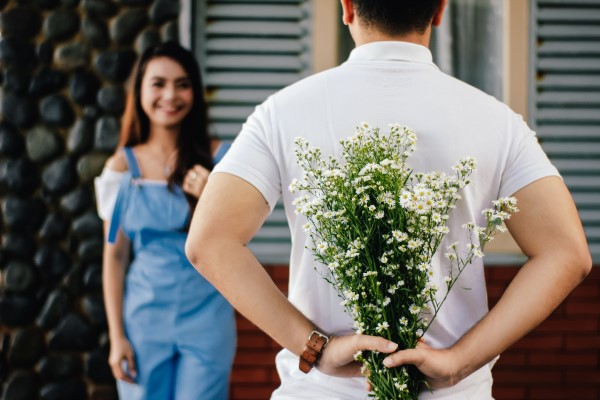
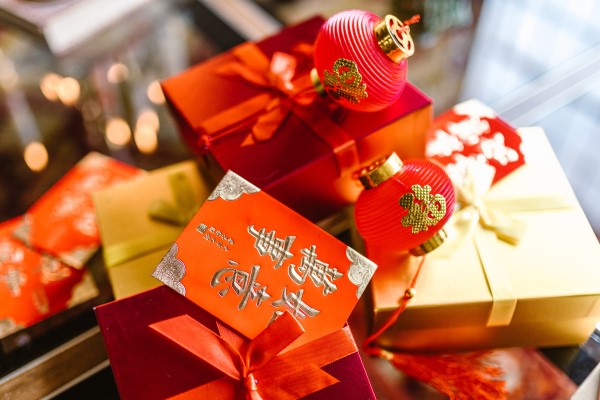
「 年 」是什麼呢?「年」是一種野獸,稱為年獸,每逢過年,就會外出搗亂和覓食人類。當時不少的村莊,因為年獸遭遇滅頂之災。在機緣巧合之下,大家發現年獸畏懼紅色、火光、巨響,於是就衍生出 貼對聯、放鞭炮(放炮仗)、紅包 (利是)、穿著紅色衣物等,以驅趕、阻嚇年獸。正正是因為這樣,才有了我們現在的新年傳統習俗 。
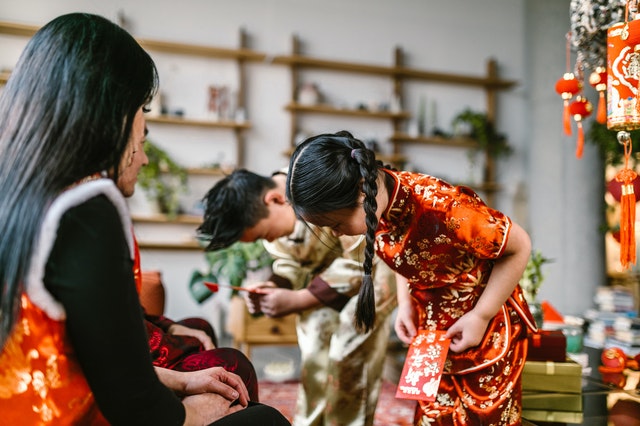

「受膏」是把橄欖油或用香肉桂、菖蒲、橄欖油等混成的「聖膏油」,抹在人或物件上,使之為聖歸屬於神。在新約聖經中,「受膏者」就是指耶穌基督。mas則來自拉丁文missa,意指解散,彌撒結束了,教徒可以解散,後來引申為教會的感恩聚會。Christmas可以縮寫為 Xmas,是因為X是希臘文Χριστός的首個字母。
中文採用「聖誕節」這名稱,是因為民間把神仙的誕辰都稱為聖誕,而耶穌是西方的聖人,所以就稱為「聖誕節」。80年代,台灣政府認為在中華文化中的聖人應指孔子、孟子,曾將「聖誕節」改稱為「耶誕節」,這名稱至今仍有人在使用。
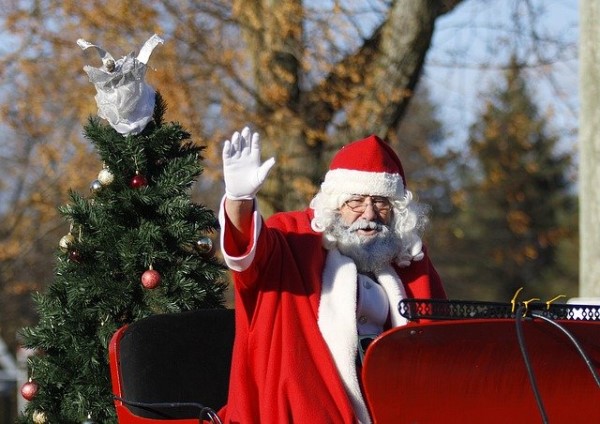
聖尼古拉在歐洲的聲望日重,被人們視為兒童和水手的保護者。即使在宗教改革之後,很多國家不再崇拜聖徒,但聖尼古拉的聲譽不損,特別在荷蘭,當地人稱聖尼古拉為 Sinter Klaas,更將每年十二月六日定為聖尼古拉節:穿着傳統主教長袍的聖尼古拉會騎着馬,帶着助手黑彼得,在車隊、銅管樂隊的簇擁下進行一場盛大的遊行。小孩把鞋子放在窗戶、壁爐旁等地方,希望聖尼古拉經過時,會放進巧克力硬幣、糖果等禮物。據説助手黑彼得負責記錄孩子過去一年的行為,行為好的,便會得到禮物;不好的,便會被黑彼得裝在麻袋裏,帶回西班牙學習行為一年。
這些慶祝活動在17世紀時傳到被荷蘭佔領的紐約,而 Sinter Klaas音譯成英文後,就是Santa claus---這個現代聖誕老人的名稱。
而傳説中聖誕老人的故鄉在哪裏?歷來對此爭論不休。1995年,聯合國秘書長加利給聖誕老人的節日賀卡寄去了芬蘭北部、位於北極圈上的羅瓦涅米,至此那裏就成了聖誕老人的家。聖誕老人村裏天天都是聖誕節,人們可以和聖誕老人合照,冬季時更可以坐着馴鹿拉的雪橇遊走雪白的森林。
後來薑逐漸平民化,民間也烤起了薑餅人,成為了聖誕節的經典食物。 報佳音這習俗源自天使向伯利恆的牧羊人報告耶穌誕生的喜訊。後來為了讓更多人知道耶穌降世的消息,教會的聖詩班或信徒便仿效天使,挨家挨戶地唱起聖誕頌歌。 跟其他國家不同,挪威人認為巫婆和魔鬼會在平安夜出沒,所以這天必須把巫婆的魔法工具---掃把藏好,避免巫婆來打擾自己,帶來厄運。
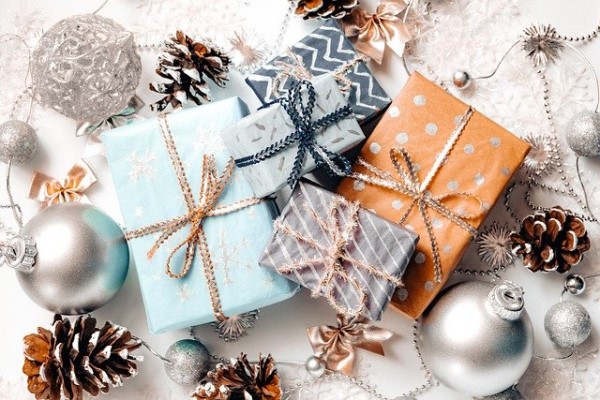
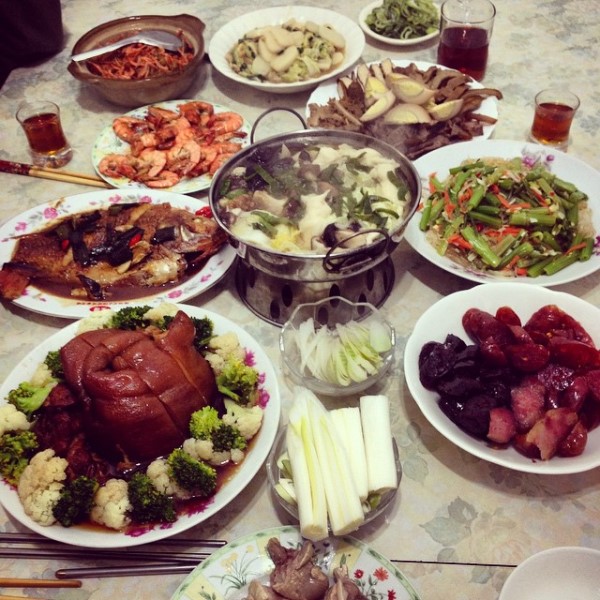
People have always attached great importance to the winter solstice. Those who travel far to earn a living will do their best to return home to reunite with their family at the winter solstice, signifying they have a home to go back to at the end of the year. There is a common saying in Fujian and Taiwan: "The winter solstice is more important than the new year ; if you do not return home, you are not paying respects for your own ancestors".An author once wrote, "if winter comes, can spring be far behind?" The winter solstice is indeed the prelude and precursor of the lunar new year.
It is an important turning point in the year. From a scientific point of view, the winter solstice is the day when the sun shines directly on the Tropic of Cancer. People living in the northern hemisphere will feel that the day has become short and the night long. After the winter solstice, the sun moves progressively northwards, and daylight gradually increases while the night becomes shorter.
When it comes to traditional festivals, most people will consult the lunar calendar. Have you noticed that the winter solstice usually falls on December 21 or 22 ? In fact, not only the winter solstice, but all the 24 solar terms are determined based on the "Solar calendar". This is because our ancestors, too, fixed the solar terms by observing meticulously the position of the noon sun in the year. Due to the tilt of the earth's axis, the exact date of the solar term may vary by 1 or 2 day
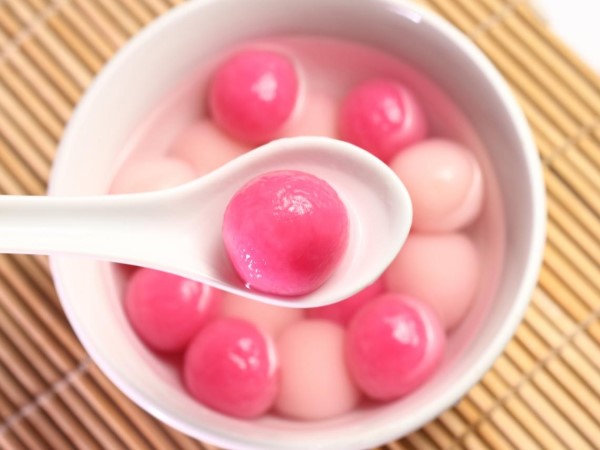
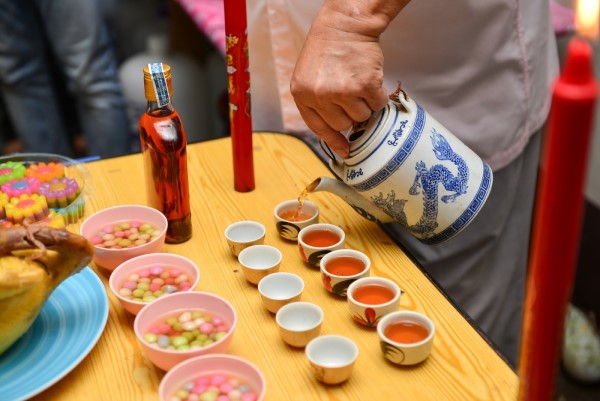
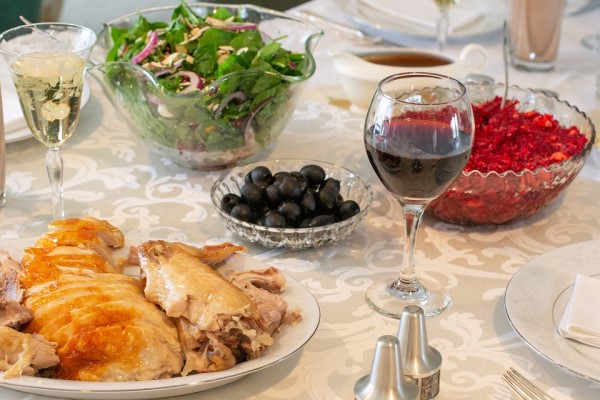
In America, Thanksgiving originated from the English colonists sailing from Britain to the Americas. After their long journey, the English pilgrims obtained help from Native Americans and started their new lives in the new world. Thus, from now on, the tradition of celebrating gratitude to God and the Native Americans became a festival called Thanksgiving Day.
In Canada, Thanksgiving Day originated with Martin Frobisher, who sailed from England and finally arrived in Canada after a long journey full of danger and hardship. As the origin of Thanksgiving Day can trace back to the 16th century, it is said that the origin of Thanksgiving Day in Canada is earlier than America’s.
In Canada, Thanksgiving Day is held on the second Monday of October while in America, it is on the fourth Thursday in November.
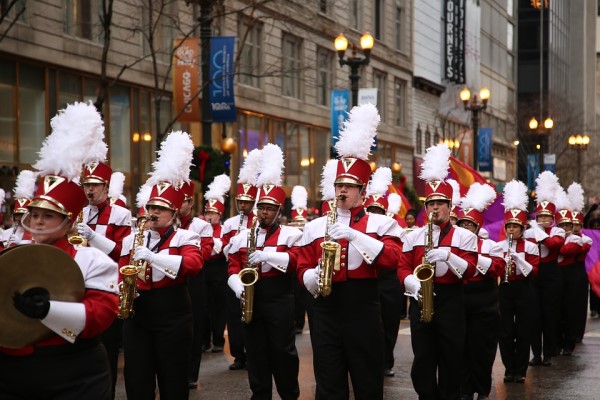
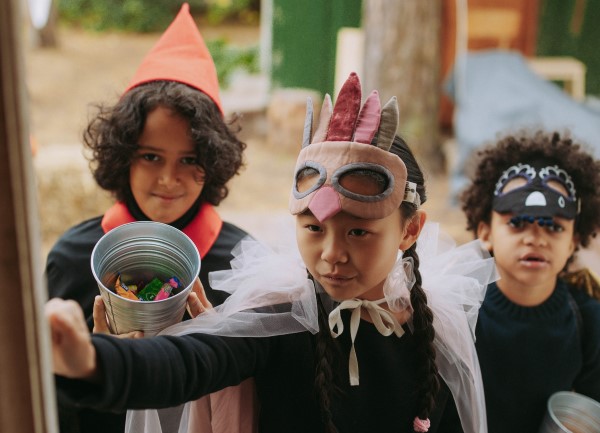
The Celts believe that the last day of October marks the end of summer and the beginning of winter. It is an important landmark in the year, and also one of the most important festivals, which they call the "Day of the Dead" or the "Ghost Festival". It is believed that all kinds of evil spirits will haunt the earth on the day, and that the souls of the deceased will leave the underworld, wander the world and visit their relatives and friends. Nighttime is particularly scary. In order to scare away the evil spirits, the Celts would wear masks to walk around in the village. This is how Halloween is originated.
Children, dressed up as ghosts, will go and press the doorbells of neighbours . Shouting "trick or treat! (which means "treat us to candies or we will wreak havoc!") to neighbours opening the door (who may also wear scary clothes), the children will receive some candies or chocolate or small gifts. Sometimes petty cash is given to them as well . Some families even use sound effects and smoke-making machines to create an eerie atmosphere. Children often receive bags of sweets to take home in one single night .
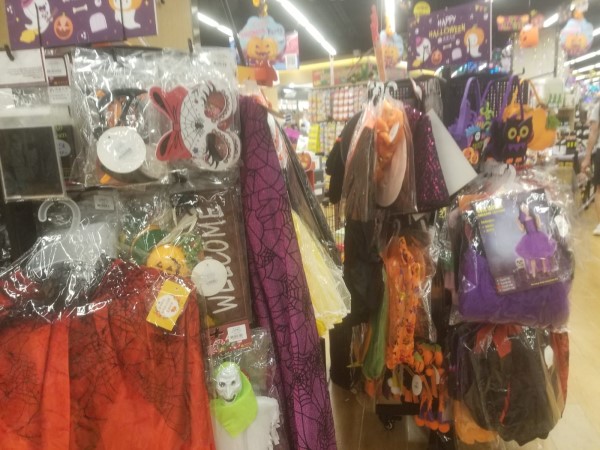
[in the 19th century, people in Scotland and Ireland believed that ghosts visited the earth on Halloween. They would therefore dress up as ghosts to confuse the ghosts into thinking that they too were phantoms. In recent years, Halloween costumes are not restricted to ghost outfits. People dress up and cross-dress in different ways to impersonate film stars and television personalities or public figures such as George Bush or John Kerry during the 2004 U.S. presidential election. For instance, after the September 11 attacks in 2011, children love to dress up as firefighters and policemen
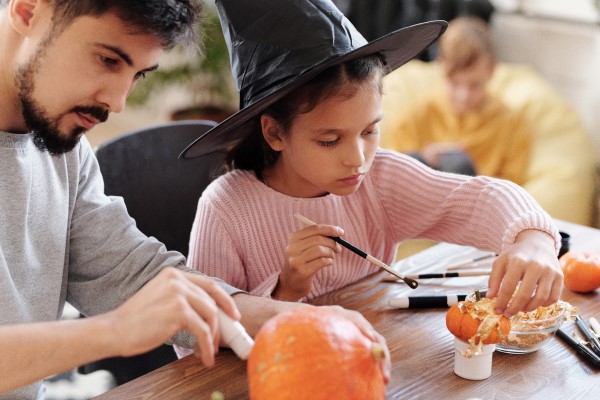
Legend has it that there was a man called Jack (in 17th century England, people usually called an unknown man 'Jack'). He was very stingy and was also in the habit of drinking and playing pranks on the others. As he had pulled pranks on the devil twice, he discovered after his death that he could neither enter Heaven nor go to Hell. All he could do was to wander in between for all eternity. Out of pity, the devil gave him some coal, which Jack used to light up the turnip lantern (in the beginning, most pumpkin lanterns were actually carved out with turnips). He carried thus his turnip lantern and wandered around eternally. Nowadays, to scare away wandering spirits, people usually use turnips, beets or potatoes to carve out scary faces as a representation of the Jack with the lantern. This is the story on the origin of the pumpkin lantern.

Legend has it that during the Han dynasty, a man with the name Huan Jing was notified by a Taoist that he must bring his family to the top of a mountain to avoid a plague that would soon ravage his hometown. The Taoist told him to fetch a bag of cornel leaves and a bottle of Chrysanthemum wine. Huan Jing listened to the Taoist, brought his family into the mountain, and successfully avoided the disaster on the ninth day of the ninth lunar month. Since then, climbing a mountain, carrying cornel and drinking chrysanthemum wine became the traditional customs of Chung Yeung Festival.
Besides the Ching Ming Festival, Chung Yeung Festival is dedicated to worshipping ancestors. At Chung Yeung Festival, many families will bring offerings to visit the graves of dead family members. In addition, it is said that the ancients carried cornel as accessories when climbing mountains and using Argy Wormwood Leaf for bathing to avoid misfortunes. Though these customs are fading in the modern world, some regions in China still keep these traditions alive.

The main reason for bringing food as an offering is to let the family enjoy a good meal in harmony, showing respect to the ancestors. In traditional customs of Guangdong, roasted pig or suckling pig is the most commonly used offerings. In addition, people often bring chrysanthemum wine and fresh chrysanthemum flowers for worshipping their ancestors. However, many people have followed Western tradition in recent years and only brought flowers to visit the graves to minimize the waste left behind.
For most people living in the cities, grave sweeping and sightseeing or hiking are not the things to be done simultaneously. The government also encourage people to avoid leaving unextinguished fires, which may cause hill fires when hiking or grave sweeping. Some graveyards in Hong Kong are built on the hillside, so those celebrating the festival can hike whilst grave sweeping.
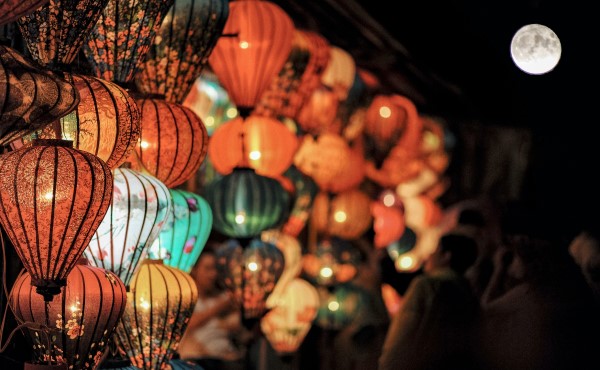
The Mid Autumn Festival, moved later to August 15 of the lunar calendar, is a day when family members gather together to enjoy the beauty of the moon, eat mooncakes and play with lanterns. These customs are passed down from generation to generation, becoming in themselves a rich, colourful and precious cultural heritage.
The most famous legend is the flight of Chang'e to the moon. The story goes that in ancient times, there were ten suns in the sky. Everything perished and suffered in the scorching heat until the hero Hou Yi, in order to save the world, shot down nine of the ten suns . He requested and obtained from the Heavenly Queen Mother a packet of magic potion which would make him immortal. One day, his wife Chang'e swallowed the potion in times of danger and became instantly immortal herself. Unfortunately, the strong potion made her fly to the moon and she had to stay there in the Guanghan Palace for eternity. Ever since, Hou Yi and Chang'e were separated and all they could do was to yearn for each other from afar. When other people learnt of the story, they set up incense tables under the moon to pray to Chang'e for their own auspiciousness and safety. It is in this way that the custom of moon worship at the Mid-Autumn Festival gradually takes shape.
Mooncakes were known as "palace cakes" during the Northern Song Dynasty and were first popular in imperial palaces but later became “"cookies" and "mooncakes" among the common folks. As time went by, these cakes were used for moon worship to symbolize the wholeness of family, harmony and longingness to see someone you love.. Moon cakes are now commonly used as gifts for friends during the Mid-Autumn Festival , so exchanging moon cakes has become a well-established tradition. 】 Another legend about moon cakes is related to Zhu Yuanxuan's establishment of the Ming Dynasty .
In the last years of the Yuan Dynasty, people’s livelihood became intolerable due to the poor rule of the Mongol Empire. Zhu Yuanxuan united the resistance forces and planned an uprising on Mid-Autumn Festival to overthrow the Mongol Empire. As court scrutiny was very strict, the transmission of information was very difficult Military adviser Liu Bowen came up with an idea. He ordered his men to write "Kill the mule on August 15" on a note hidden in moon cakes, and distributed the cakes to rebel groups all over the country. On the day of Mid-Autumn Festival, all people rebelled together. After Zhu Yuanxuan seized the country rule, he gave moon cakes to his courtiers every year in Mid-Autumn Festival as a remembrance of the secretive passage of messages inside the cakes. Today, the giving and eating of moon cakes has evolved into a tradition in Mid-Autumn Festival among family and friends.